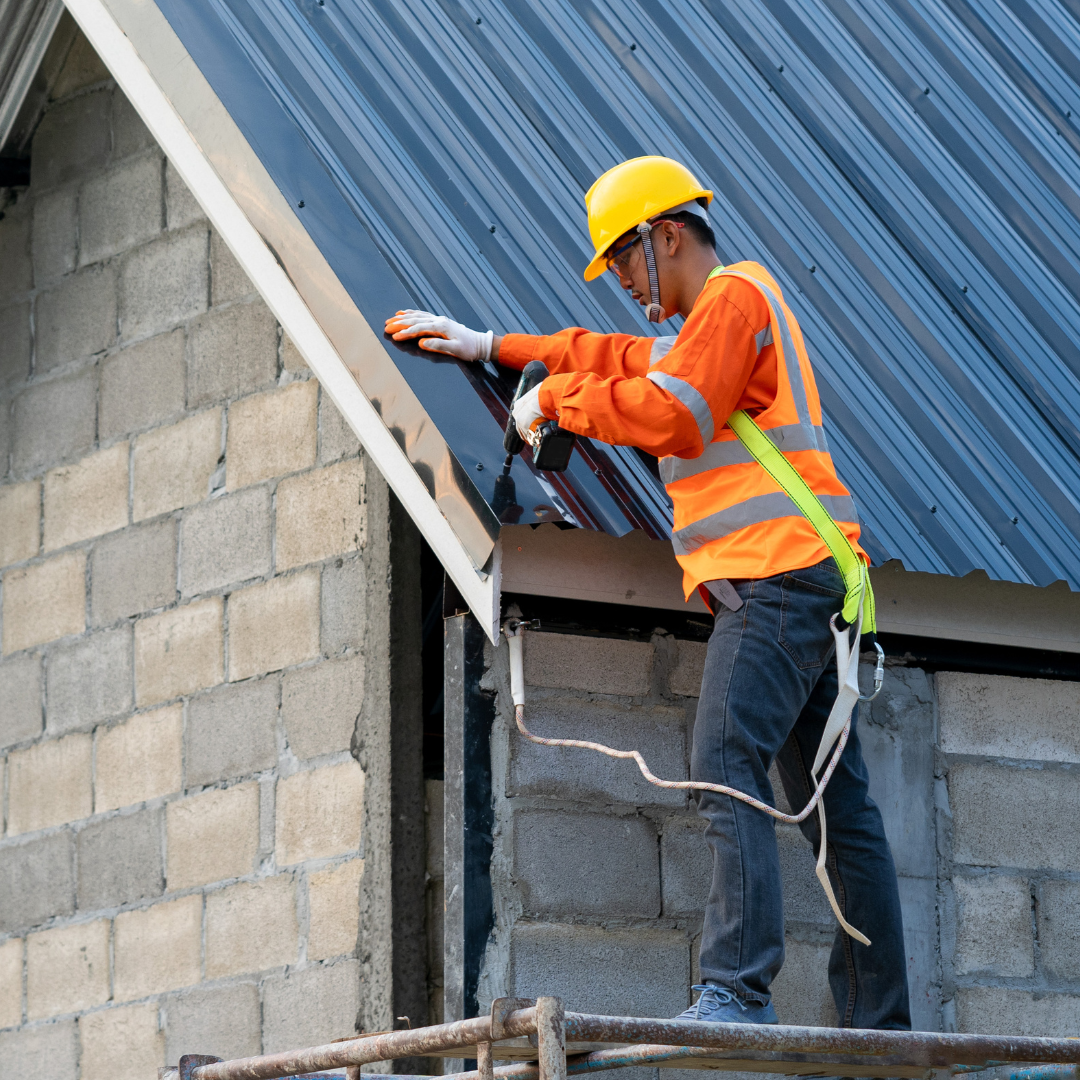3 Myths about Waterproofing
Make informed decisions about protecting your building from water damage
Despite the well-established benefits of weatherproofing commercial properties, there are still many misconceptions and myths surrounding this important aspect of building maintenance. Some building owners may believe that weatherproofing is unnecessary or too expensive, while others may be unclear on what types of weatherproofing solutions are most effective.
Our goal is to provide you with the information you need to make informed decisions about protecting your property, which is why we’re shedding light on some common myths about weatherproofing so you can save money on repairs and avoid costly moisture damage to your building.
Myth #1: "My building is new, so it doesn't need weatherproofing."
It's easy to assume that a new building doesn't need weatherproofing. After all, it's brand new and built to withstand the elements, right? However, even new buildings can have gaps and cracks that allow water to seep in. In fact, it's not uncommon for new buildings to experience water damage shortly after construction. This is often because construction materials like concrete and wood expand and contract with temperature changes, which can cause cracks to develop over time.
For example, you may have recently invested in a new commercial property only to find that the first rainy season brings leaks and water damage. The culprit? Gaps around windows and doors that were overlooked during construction. By having the building inspected and weatherproofed as soon as possible, you can prevent further damage and protect their investment.
Myth #2: "Waterproofing is too expensive."
Waterproofing can be a significant investment, but the cost of not weatherproofing your building can be much higher in the long run. Water damage can lead to costly repairs, decreased property value, and even legal liabilities if the damage affects other properties or tenants.
For example, you may be hesitant to invest in weatherproofing because you don't want to spend money on something that doesn't provide an immediate return. By neglecting waterproofing, you may be setting yourself up for even bigger expenses down the line. Imagine having to pay for extensive repairs and cleanup after a major water damage event, not to mention the potential loss of revenue from vacant units or reduced property value.
Myth #3: "Waterproofing only involves adding a sealant or coating."
This is one of our favorites! Waterproofing is SO MUCH MORE than just adding a sealant or coating to your building. While each job is unique, waterproofing can involve a variety of techniques, including repairing cracks and gaps, installing drainage systems, and improving ventilation.
For example, you may have tried to waterproof your building by simply applying a sealant to the exterior, only to later discover that water was still finding its way inside. A professional waterproofing company has the experience to perform a thorough inspection of the building, and identify any areas of vulnerability, and recommend the most effective weatherproofing solutions.
THE TAKEAWAY
By understanding these common myths about waterproofing, building owners just like you can make informed decisions about protecting their properties from water damage and other elements. The cost of weatherproofing may seem high at first, but the long-term benefits in terms of property value, tenant satisfaction, and peace of mind can be well worth it.













